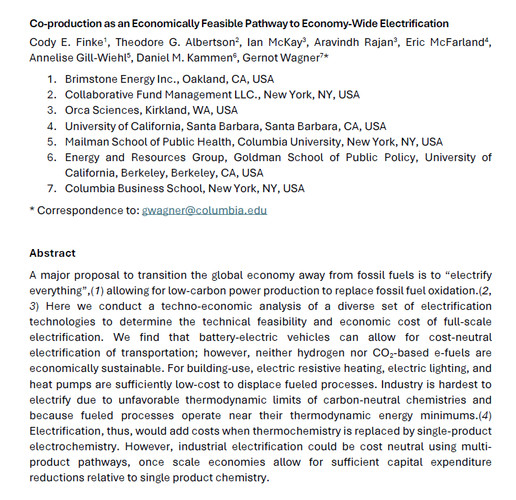The heat-pump fix
To ditch fossil fuels for good, we must combine a range of technologies and approaches.

Russia’s invasion of Ukraine has shown once and for all that we must get off fossil fuels—fast. Heat pumps are a big part of the solution to stopping burning them in our homes. Heat pumps will not stop the war in Ukraine.
These seemingly contradictory statements are both true. And they’re a microcosm of the much broader climate and clean technology debates playing out now from sector to sector and country to country.
Electric heat pumps are indeed a superior solution to heat one’s home. They are a key component in the drive to electrify everything. In fact, they are so efficient at converting power to heat that even if the power grid ran entirely on gas, heat pumps connected to it would use less than directly gas-powered furnaces do. But the clean energy transition must not stop with electrification. Decarbonizing the grid is a big piece of the equation. So is insulating homes to lower the need for heating and cooling in the first place.
Heat pumps are not the only solution, but they are pretty close to the universal techno-fix for the world’s home and commercial heating needs. The International Energy Agency estimates that they “could satisfy 90% of global heating needs with a lower carbon footprint than gas-fired condensing boilers.”
They are especially prominent in colder climates, embraced by Nordic countries where their emissions-reduction potential is particularly high. But there is a long way to go. Heat pumps now heat less than 10% of buildings globally. That gap promises massive market opportunities focused on deploying an existing technology at scale. Doing so would help cut carbon emissions as well as dependence on gas, Russian or otherwise.
Saying just that, in about as many words, is likely to raise objections. Environmental activist Bill McKibben called for “Heat Pumps for Peace and Freedom” in the immediate aftermath of Russian President Vladimir Putin’s invasion of Ukraine and was prominently accused of focusing on a silver bullet at the exclusion of other, more systemic, solutions. Typically, the sparks fly the other way: Environmentalists call for the more systemic approach while business leaders tend to point to the “simple” techno-fix (preferably their own).
It’s not surprising. But it need not—and should not—be framed as an either/or.
There cannot be one “typical” approach. Getting Europe off Russian oil and gas, much like getting the world off all oil, coal and gas, goes well beyond any single solution. And there is no one answer for any given technology.
Rapidly scaling up the commercial production of heat pumps is needed—several U.S. senators introduced a bill on Wednesday to give a tax credit to manufacturers—but it alone is not enough. It also takes (re)training workers to be able to install them and educating consumers about their benefits to the indoor and outdoor climate, as well as their own pocketbooks.
All that means supportive policies are required at every step along the way, including deployment subsidies to avoid installing a single additional gas furnace anywhere. And yes, that begins by ceasing to subsidize gas furnaces. Austria, for example, subsidizes heat pumps to the tune of €10,000 each, which is good. Some Austrian provinces, meanwhile, still offer €1,000 for gas furnaces. That should have ended years ago.
It is precisely the interplay between business and policy, between techno-fix and broader societal transformation, that is needed. Rich Lesser, global chair of Boston Consulting Group, spoke at a Columbia Business School business and climate conference last Friday about how climate leaders gain competitive advantage, and how he personally spends 60% to 70% of his time on climate issues. Leaders do gain from this, and so he should. One core assumption underlying an analysis BCG undertook with the World Economic Forum to support this point: an explicit or implicit price per ton of CO₂ of roughly €75 by 2030.
Climate policies commensurate with such a price won’t just happen by themselves. That implies business leaders actively pushing for them, or at the very least not standing in their way. Even €75 by 2030, meanwhile, won't be enough, in any meaningful sense of the term. Perhaps the best indication? The European Union has just such a price now, covering half of the bloc’s carbon emissions.
Decarbonizing will take meaningful, constructive cooperation among multiple technologies, policies, and interventions. Heat pumps alone are but a small step in this broader puzzle, and no, they alone will not stop this current war anytime soon. But they just might help prevent the next one.
Gernot Wagner writes the Risky Climate column for Bloomberg Green. He teaches at Columbia Business School (on leave from New York University). His latest book is Geoengineering: the Gamble (Polity, 2021). This column was first published by Bloomberg Green on May 6th, 2022, under the title "Heat Pumps Are the Ultimate Climate Techno-Fix, But Not a Silver Bullet," and does not necessarily reflect the opinion of Bloomberg LP and its owners.


